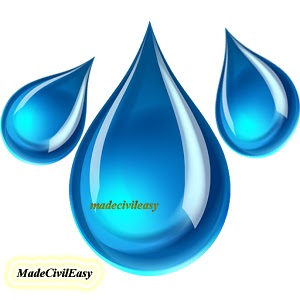To determine the residual chlorine in given water sample
Appartatus Required: Beaker, Conical Flask
Reagents Required: Potassium Iodide, Acetic Acid, Sodium Thiosulphate, Starch
Theory: Residual chlorine is not found in natural (untreated) water while it comes in water after disinfecting it by the process of Chlorination.
Procedure:
- Take 25 ml water sample in flask.
- Add a small crystal of Potassium Iodide & distilled water to make the sample 100 ml.
- Add 10 ml acetic acid to act as buffer & to reduce the pH between 3.5 to 4.2.
- After reaction, yellow colour would be generated.
- Titrate above solution by N/40 Sodium Thiosulphate till yellow colour disappears.
- Add 1 ml starch to produce blue colour.
- Titrate above solution by N/40 Sodium Thiosulphate till blue colour disappears.
- Note down the total titrant used. Let it be x ml.
- Repeat the procedure with distilled water. Let it be y ml.
Calculation:
Residual Chlorine: (x-y) x 35.5 mg/l


1 comments:
commentstanker lorry water supply in chennai anna nagar
Replylorry water supply in chennai anna nagar